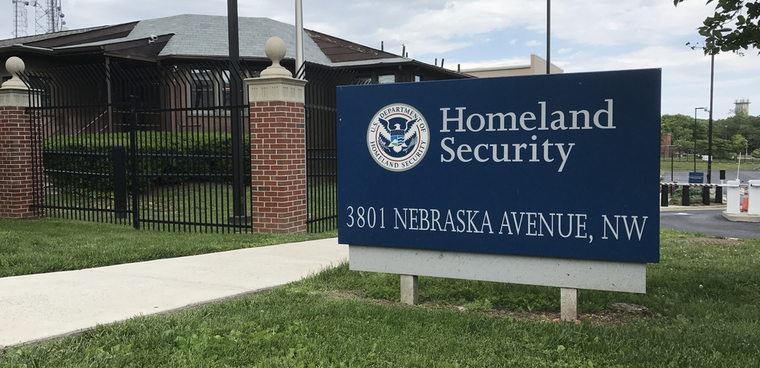The tricky task of finding a new home for the Federal Protective Service
GAO tells DHS it needs to better define what is to become of its building security component.

For one of the components affected by the formation of the Cybersecurity and Infrastructure Security Agency, settling into a new organization is going to require some adjustment – as it will for the agency that takes it in, according to a recent Government Accountability Office study.
The Federal Protective Service could find a new home at any one of eight agencies, the Jan. 8 study said, but there will be trade-offs.
The law that created CISA mandated that the current parent agency of FPA, the Department of Homeland Security, review whether FPS should be moved to another parent agency inside DHS or to another federal agency.
FPS is responsible for the physical security of almost 10,000 federal buildings and their occupants. Its unique function of using guards to protect the physical security of federal real estate makes finding a new parent agency complicated, according to the study.
The problem of finding the right organizational placement for FPS is not new.
In 2003, FPS was moved from the General Services Administration to DHS's Immigrations and Customs Enforcement. In 2009, it was placed under DHS' National Protection and Programs Directorate, because NPPD was responsible for physical protection of critical infrastructure. However, the law that created CISA last November sharpened the new agency's focus to stress hybrid physical/cyber protection capabilities and information sharing, leaving a growing gap between FPS and CISA missions, according to the study.
GAO looked at eight agencies where FPS might find a home, including DHS, Customs and Border Protection, CISA, ICE, Secret Service, GSA, the Department of Justice and the U.S. Marshals Service. The study said FPS could become a standalone entity within DHS, GSA, or the Justice Department.
With any move, GAO said, there would be trade-offs for FPS and the agency that takes it in. For instance, as its CISA parent honed cyber/infrastructure protection skills over the last few years, FPS has sharpened its law enforcement functions, and set up a rapid protection force that can respond to dire threat situations at federal facilities .
FPS' specialized duty complicates finding a new home, according to GAO. It could be placed at the Marshals Service, with which it already coordinates on building security, but that service doesn't explicitly have infrastructure protection duties. Similarly, GSA doesn't have a law enforcement mandate, just building services.
In December, CISA Deputy Director Matthew Travis told FCW in an interview that the transition plan, dubbed "CISA 2020," reflects the goal of getting the agency in shape over the course of the next year. Travis said DHS and CISA had formed a working group under the plan to explore how FPS could be moved within DHS.
The GAO report said the working group's charter needed a harder edge, including an ultimate goal of where to place FPS, what that placement aims to achieve and what the trade-offs -- good and bad -- any move will bring.





